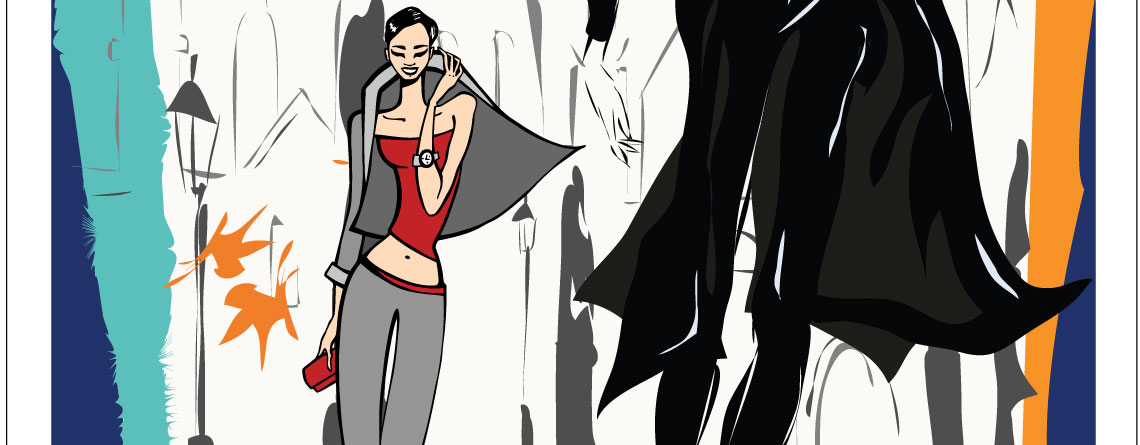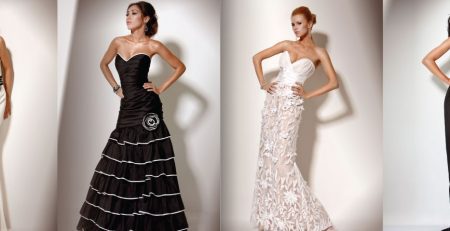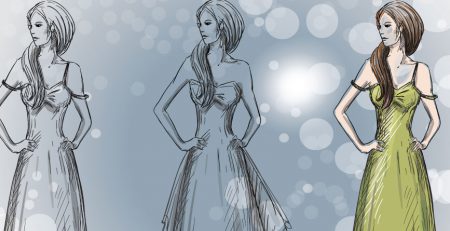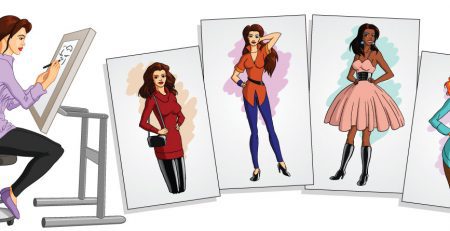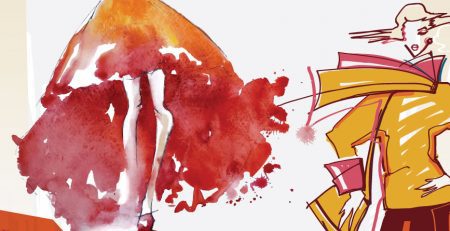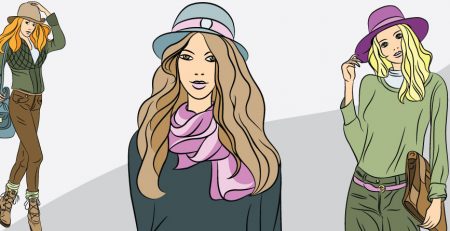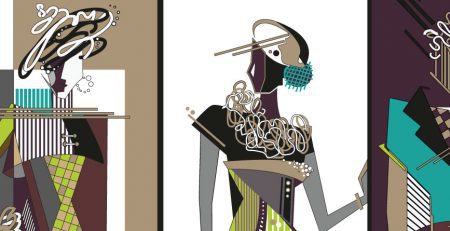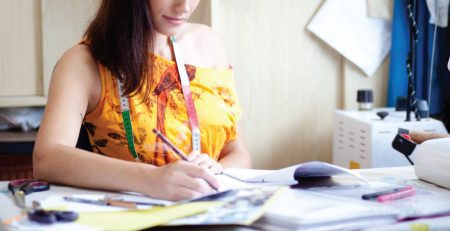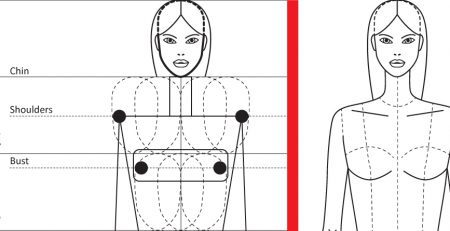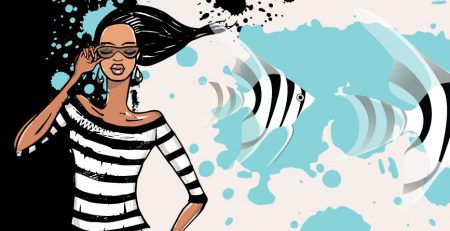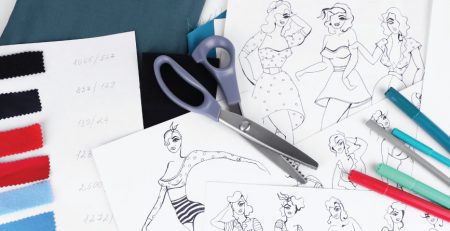Fashion drawings are frequently characterised by gesture and movement, both of which are ideally suited to exploration through drawing the fashion figure from life. Part of a fashion drawing’s allure is its seemingly effortless style, which is sometimes the result of a careful selection of lines and what is left to the imagination of the viewer. In this regard it is important to note the value of line quality in the fashion-drawing process.
Line quality describes the varieties of drawn lines or marks that have their own inherent characteristics depending on the media that is used, the paper quality, the speed at which the line is made and even the angle of the pen or pencil as it moves along the surface of the paper. Distinct from adding tone and shading techniques, the use of line to convey essential information is integral to most fashion drawings.
Some of the most expressive and visually engaging fashion poses are the result of linear drawings, where selective line quality is used to maximum effect. An understanding of fashion proportions and the standing balance line is essential as a building block for more gestural poses, which instil movement and personality into a fashion drawing. In addition to studying poses from life, it is also possible to develop poses by tracing over figurative photographs in magazines, but this needs to be approached with care: consider the image only as a starting point. Fashion is, after all, a human activity so it follows that developing and creating studied poses is a useful exercise and will aid the development of templates or croquis (Croquis is a French word for a sketch. In fashion terms, it describes a linear drawing of a figure that may be used as a template over which to trace and draw a design or garment. Figurative fashion templates or croquis are typically exaggerated to a nine- or ten-heads proportion.) for future use.
It should be possible to use a pose more than once and for a template figure to present different design ideas. While the pose should be relevant to the context of the clothing (for example, it would make little sense to draw a sporty pose for a wedding dress or an evening gown), creating the pose is much more about the body underneath. Look for movement lines that run through the body – not the outline of the figure – noting the intersections of the pose at the bust, waist and hip positions. The leg supporting the weight must be grounded, but the other limbs can be modified or adapted to enhance gestural qualities. In this way, the resulting fashion poses can exaggerate the “actual” to project a more expressive “ideal”.

